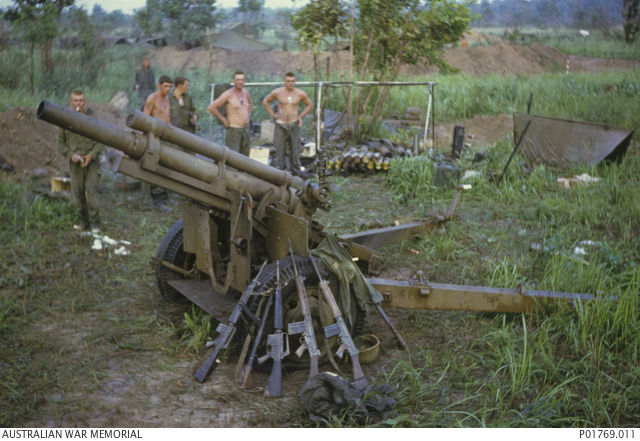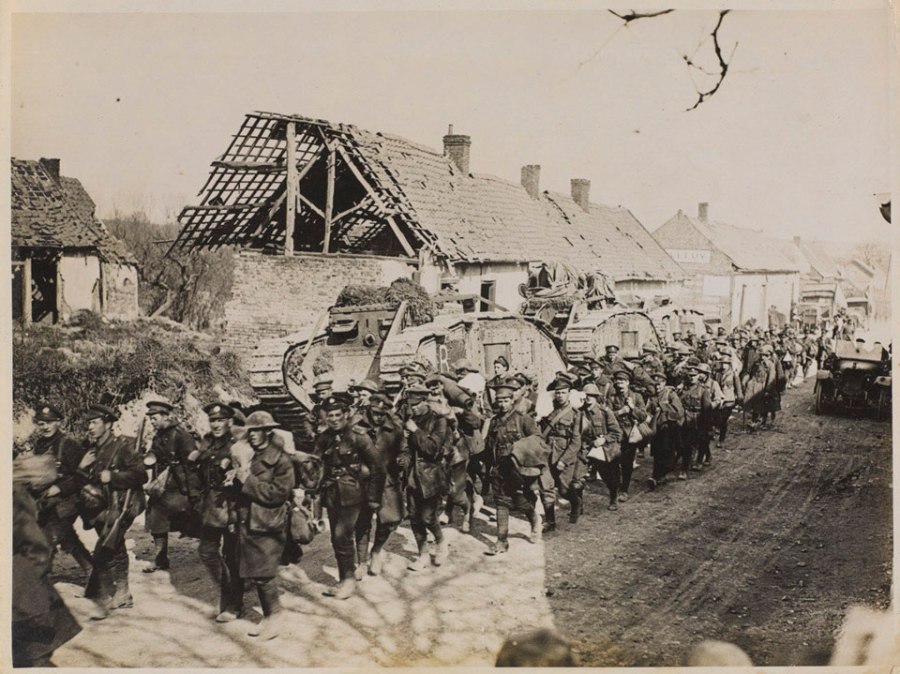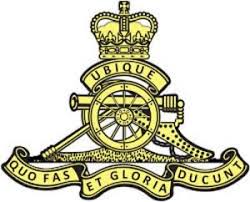
On this day 50 years ago the battle of Fire Support Base ‘Coral’ began, the largest land battle fought by Australian forces during the Vietnam War.
Australian soldiers were first deployed to South Vietnam in 1962 as a small training team (the AATTV). In 1965 a Battalion Group, based on the 1st Battalion, The Royal Australian Regiment (1 RAR) was attached to the US 173rd Airborne Brigade. In 1966 Australia’s commitment was increased to a Brigade, the 1st Australian Task Force (1 ATF), units of which fought their first major action at Long Tan in August that year.

During the ‘Mini-Tet’ offensive launched by the Viet Cong (VC) and North Vietnamese Army (NVA) in May 1968 1 ATF deployed two of its three battalions to an area 20 kilometres north of Bien Hoa to intercept and disrupt enemy forces withdrawing from Saigon and the Bien Hoa–Long Binh base complex.

A number of fire support bases (FSB) were established to provide temporary defensive positions with Artillery and Mortars in order to support infantry foot patrols from 1 RAR and 3 RAR. One of these FSBs was called ‘Coral’ located seven (7) kilometres north of the town of Tan Uyen.

The occupation of FSB Coral (shown above) began on 12 May 1968. Early the following morning at 3.30am the base was attacked by the NVA and VC with the Mortar Platoon of 1 RAR and Number 6 Gun (an M2A2 Howitzer shown below) of 102 Field Battery over-run. The attack was beaten off by 6.30am and the captured positions retaken. Eleven Australian soldiers were killed and 28 wounded with 52 NVA/VC bodies left behind on the battlefield. A further three Australians died in patrol clashes around FSB Coral on 14 May.

At 2.30 am on 16 May 1968 FSB Coral was attacked again by a much larger force of three (3) battalions of NVA. Coral was now defended by M113 Armoured Personnel Carriers (APCs) of A Squadron, 3rd Cavalry Regiment (3 CAV) and 1 RAR’s rifle companies. All of these positions were heavily engaged with part of the A Coy 1 RAR position lost before the enemy was forced to withdraw. The attack was repelled after four hours of fighting, with the Australians losing five (5) men killed and 19 wounded. Two (2) members of an American artillery battery which had reinforced the base were also wounded. Only 34 enemy bodies were recovered, but blood trails and drag marks indicated that many more casualties had been removed.
On 22 May FSB Coral was subjected to yet another rocket and mortar barrage, but this time the NVA troops were dispersed by mortar fire from 1RAR mortars as they formed up to attack.
Although there were further bombardments on 26 and 28 May, with numerous patrols sent out coming into contact with the enemy, FSB Coral was not seriously threatened again.
During fighting on 26 May a Troop of Centurion tanks from C Squadron, 1st Armoured Regiment deployed outside the perimeter wire with infantry support and engaged and destroyed a significant portion of an NVA bunker system.

Enemy efforts shifted on 26 May to another FSB named ‘Balmoral’ 4.5 kilometres north of Coral occupied by 3 RAR and Centurion tanks. The defenders threw back assaults launched against FSB Balmoral on 26 and 28 May 1968.

On the forttieth anniversary of the Battle of Coral in 2008, the then Governor General of Australia His Excellency Major General Mike Jeffrey AC, CVO, MC presented 102 Battery Royal Australian Artillery (RAA) with the Honour Title ‘Coral’ (see below). 102 Battery is the first Australian Artillery unit to be awarded an Honour Title, which are common in the British Army and are the Artillery equivalent of Battle Honours.

102 (Coral) Battery RAA remains on the Australian Army Order of Battle and currently is a Gun Battery equipped with the 155mm M777A2 towed lightweight howitzers (see below) and part of the 8th/12th Regiment RAA. You can find out more about the Regiment here: https://www.army.gov.au/our-people/units/forces-command/1st-brigade/8th12th-regiment

You can find out more about the Battle of Coral-Balmoral here: https://www.awm.gov.au/articles/encyclopedia/coral
























